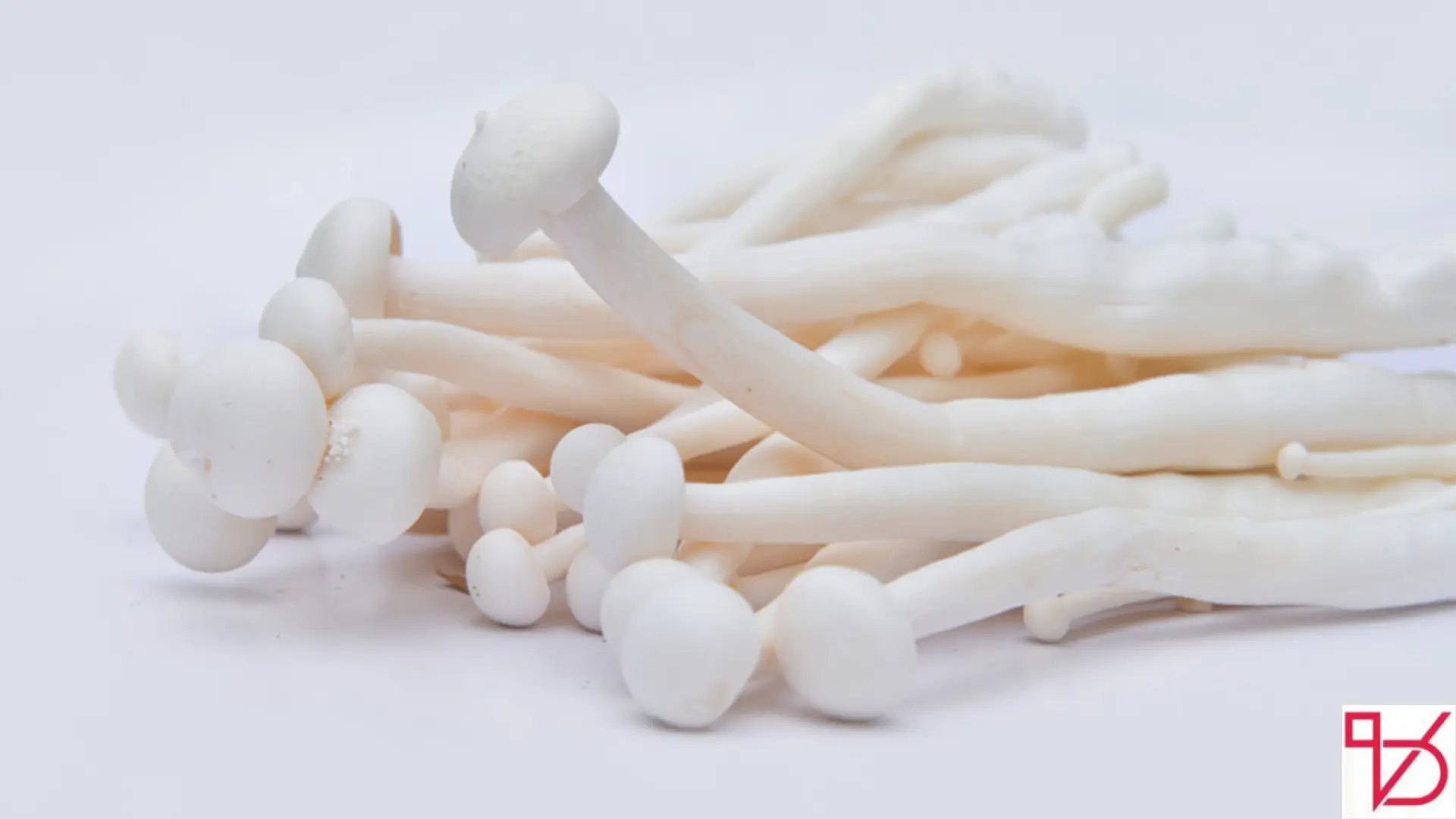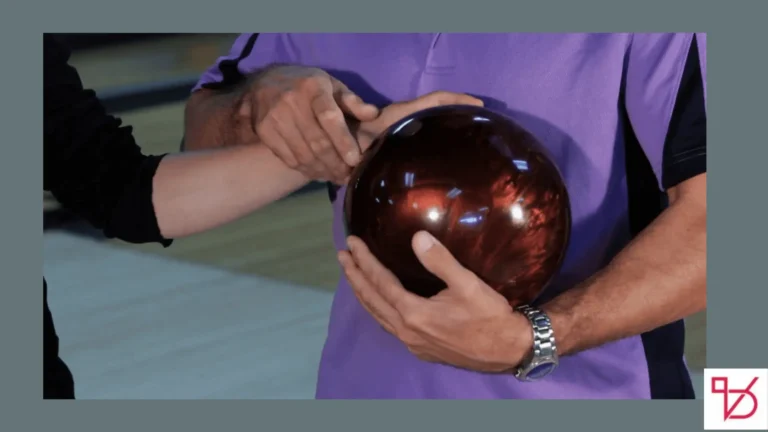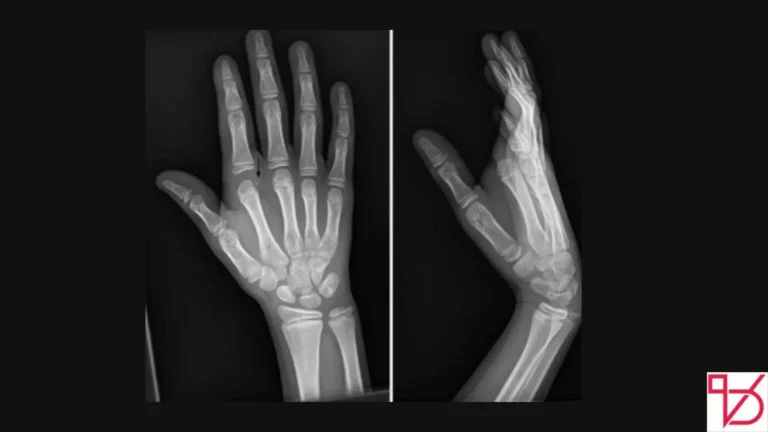I still remember the first time I came across a seafood mushroom. It was a chilly evening at a Korean hotpot place in Lahore, and I spotted these delicate noodle like white mushrooms floating in the broth. I assumed they were some exotic sea vegetable until the waiter corrected me. “They’re not seafood, ma’am. That’s just what they’re called.”
And that’s when I discovered what’s now one of my favorite ingredients in the kitchen.
What Are Seafood Mushrooms, Really?
Despite their name, seafood mushrooms have nothing to do with the ocean. They’re actually the cultivated version of enoki mushrooms long, thin, snow white mushrooms with tiny caps and an almost crunchy texture.
In Asian markets (especially Chinese ones), they’re often labeled as “seafood mushrooms” because of their delicate umami flavor that reminds people of seafood like scallops or shrimp especially when stir fried with butter or soy.
They’re part of the Flammulina velutipes species and have been used for centuries in Japanese, Chinese, and Korean cuisine. You’ll find them in soups, noodle bowls, stir fries or just sizzling on their own with garlic and chili oil.
Why People Love Seafood Mushrooms (Not Just for the Taste)
When I started cooking with them at home, I realized they’re not just tasty they’re incredibly healthy too. These little mushrooms are:
- Low in calories (like, salad-level low)
- High in dietary fiber
- Rich in antioxidants and immune boosting polysaccharides
- A natural source of B vitamins, potassium and copper
- And they’re even believed to help lower cholesterol levels
I’ve added them to my clean-eating meals, vegan bowls, and even keto stir fries fit everywhere.
How I Use Them in My Kitchen (And You Should Too)
There’s something deeply satisfying about their gentle crunch. When I sauté them in garlic butter, the edges crisp up just slightly while the insides stay juicy. Here’s how I usually cook them:
My Go To Quick Stir-Fry:
- Slice off the root cluster
- Rinse lightly (they’re usually very clean)
- Throw them into a hot pan with a touch of butter, minced garlic, a splash of soy sauce, and a pinch of chili flakes
- Cook for just 3–4 minutes until lightly golden
Serve over rice, tuck into a wrap or top off your ramen. You won’t be disappointed.
A Superfood That Doesn’t Scream “Healthy”
The best thing? These mushrooms don’t taste overly “mushroomy.” Even my cousin who hates mushrooms enjoys seafood mushrooms because they’re mild, slightly sweet, and absorb flavor beautifully.
They’re the kind of ingredient that makes healthy cooking feel luxurious — especially when you’re eating clean but want something that feels gourmet.
Where to Find Them (And What to Look For)
If you’re shopping online or at an Asian grocery store look for:
- Vacuum packed enoki mushrooms
- Clean white clusters (avoid anything slimy or discolored)
- They might be labeled “seafood mushrooms,” “golden needle mushrooms,” or “enokitake”
Store them in the fridge and use them within 3–4 days for best texture.
Around the World, Same Love
- Japan adds them to miso soup or shabu-shabu
- Korea uses them in kimchi stews and spicy stir-fries
- China throws them into hotpots, noodles, and sizzling platters
- Western kitchens? They’re catching on fast — especially in plant-based recipes and healthy bowls
A Small Note on Safety
Never pick wild enoki mushrooms some wild lookalikes can be toxic. Always go for cultivated ones from a trusted supplier or grocery store.
Final Thoughts
Seafood mushrooms may have a confusing name, but they’re one of the most underrated gems in the produce aisle. They cook fast, taste amazing, and are packed with nutrients, what’s not to love?
If you haven’t tried them yet, I genuinely recommend grabbing a pack and giving them a go. Just a few minutes in the pan and they’ll win you over just like they did me.





